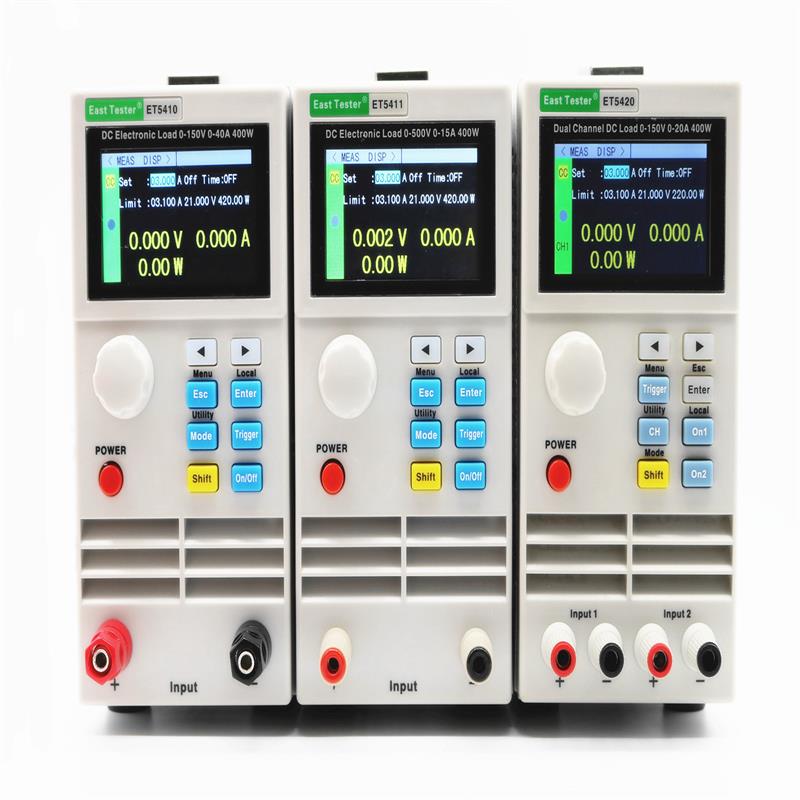What is an electronic load?
Electronic loads are very useful especially if you want to design your own power supply circuits. An electronic load, also known as a constant current dummy load, is a device design so a power supply can draw a certain amount of current without dissipating too much of heat. Basically, when you dial in a current level, the programmable DC electronic load circuitry will draw only that amount of current, regardless of the voltage. Much better than just sticking some power resistors in as your ‘passive’ dummy load!
How does it work?
In principle, basic circuit of an electronic dc load contains an op-amp that drives a power MOSFET with a current sense resistor (sometimes called as load resistor). When the external voltage to be loaded is connected to the power MOSFET, and a control voltage is set by the multi-turn potentiometer in the circuit, the op-amp buffers this and sets a voltage on the gate of the MOSFET. This causes the MOSFET to allow some current through the drain to the source. The current sense resistor helps share the power with the MOSFET and also provides a feedback to the op-amp to hold the current level to detain constant.
Word of advice
Electronics DC load tester input voltage is limited mainly by the drain to source voltage rating of the MOSFET, and current by the value of current sense resistor. Take note, while connecting the source to the load, you should calculate the power dissipation carefully to retain the MOSFET always in the safe operating area otherwise it will be deep-fried as soon as its die temperature exceeds the safety margin.
Post time: Mar-01-2021


